We love old stories about Michigan’s Upper Thumb. One great story from Quanicassee was that of Jenny, the beer drinking bear. We are fascinated by the rapid growth of the region in the late 1800s, such as the shipbuilding in Caseville, the boomtown of Port Crescent, and the grace and luxury of the early hotels and resorts in Bay Port and Pointe Aux Barques. One great story was that of Jenny, the beer drinking bear.
Table of Contents
The Automobile Changes Everything
The automobile was the most significant social change event in the early 1900s. People could extend their world beyond the harbors and rail lines and no longer care for and feed horses. While roads were still considered little more than cart paths in rural areas, the high wheelbase of early autos meant that folks of all means could go just about anywhere.
Frank Vanderbilt Comes to Quanicassee
During this time, Frank Vanderbilt came and invested in Quanicassee at the base of Michigan’s Thumb. The name “Quanicassee” is of Native American origin, meaning “lone tree.” The entire area had been a fishing village, and the marshes were known for wild rice long before the arrival of white settlers. Frank was a hustler and knew how to take care of himself.
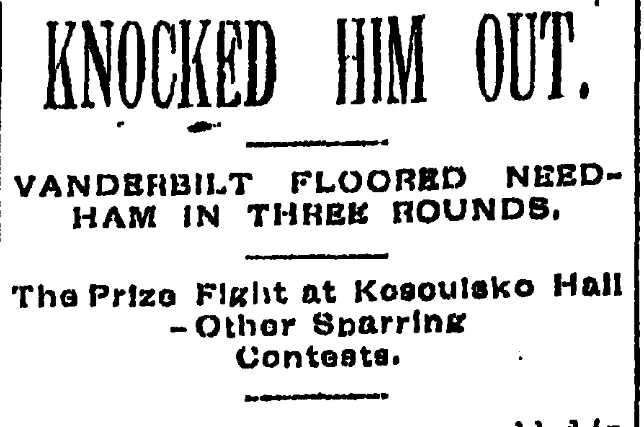
He was a winning prizefighter. In a fight in Bay City in 1893, when he was 26, he took the $100 prize and all the gate proceeds for beating a local favorite. As a saloon keeper in Essexville, he had been shot during a festival. After a fire of his house and barn, he came to the tiny village looking for a fresh start. He knew the trend of road travel was starting to take off. He became the owner of a hotel and saloon.
Jenny Drew Crowds to the Thumb
Frank knew how to draw a crowd. It was during this time of early motor travel that roadside attractions became popular. Small museums, oddity displays, and amusement parks popped up next to gas stations and restaurants.
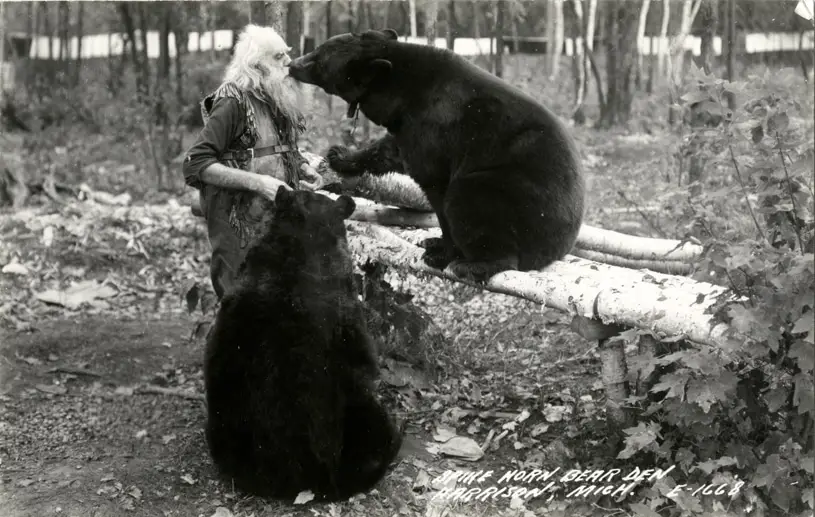
Vanderbilt started collecting wild animals for a roadside zoo. One of his early acquisitions was a female black bear. The cub was supposedly orphaned after a fire in the Clare area. Frank’s acquired young cub is truly unknown, but it became part of the saloon’s attraction. The bear was smart and performed for pieces of bread, milk, and meat. Frank named the famed cub Jenny.
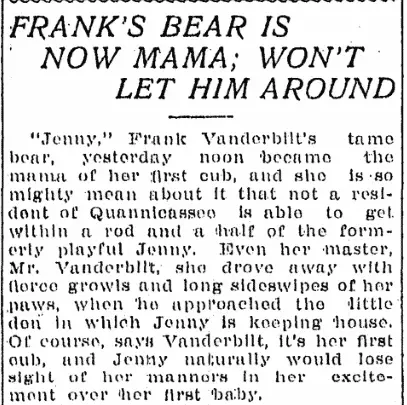
The Final Days Of Jenny
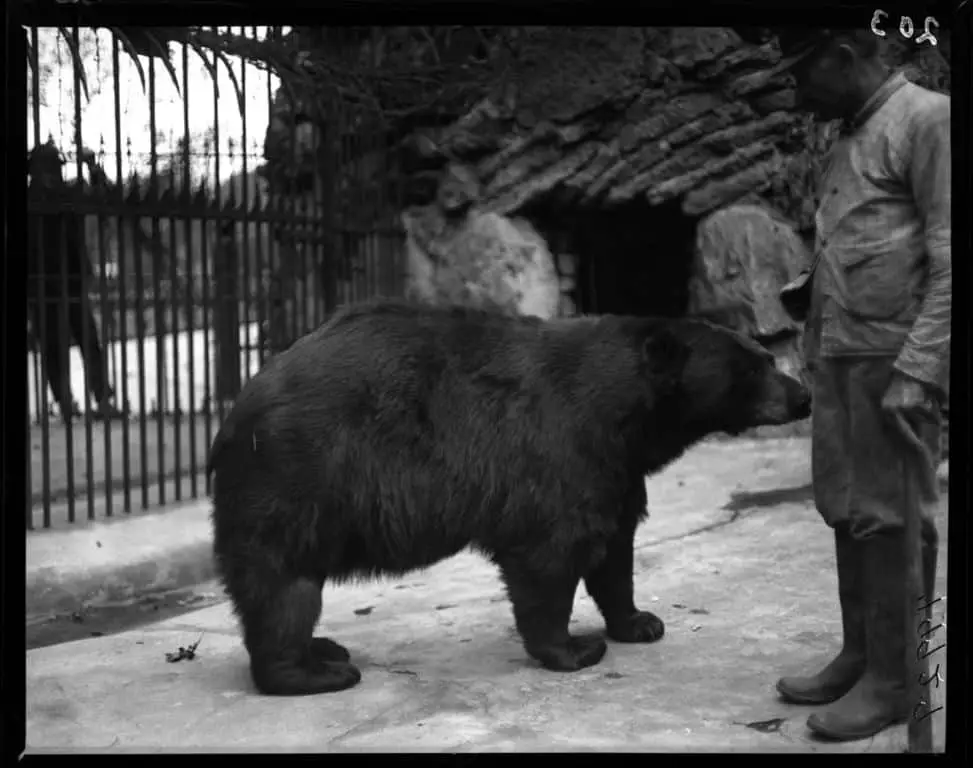
The final chapter of the Beer Drinking Bear Jenny is a bit fuzzy. One account is that due to prohibition, the saloon and hotel soon were failing. Unable to care for the large animal, Jenny was sold to a hunting club, who then placed the bruin on the menu at a wild game dinner. Another account has the bear was euthanized after attacking a customer’s child. The real story is likely a combination of both. Regardless it was a sad end for the alcoholic bear who was so exploited.
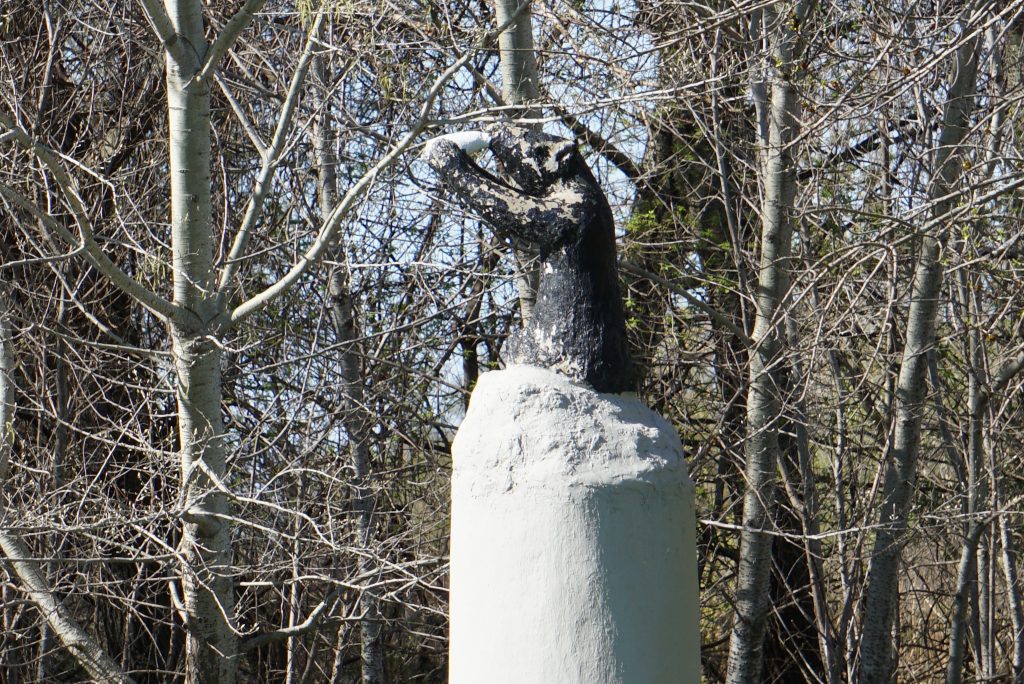
It was said that out of guilt, Frank Vanderbilt placed a statue of Jenny near his former resort’s site. It can be seen today as one of the Thumb’s roadside attractions. It’s one of the neat roadside attractions located near the Bay Shore Bar in Quanicassee Mi. It’s a part of the lore at the base of Michigan’s Thumb.
Related Reading of Jenny, The Beer Drinking Bear
Discover more from Thumbwind
Subscribe to get the latest posts sent to your email.

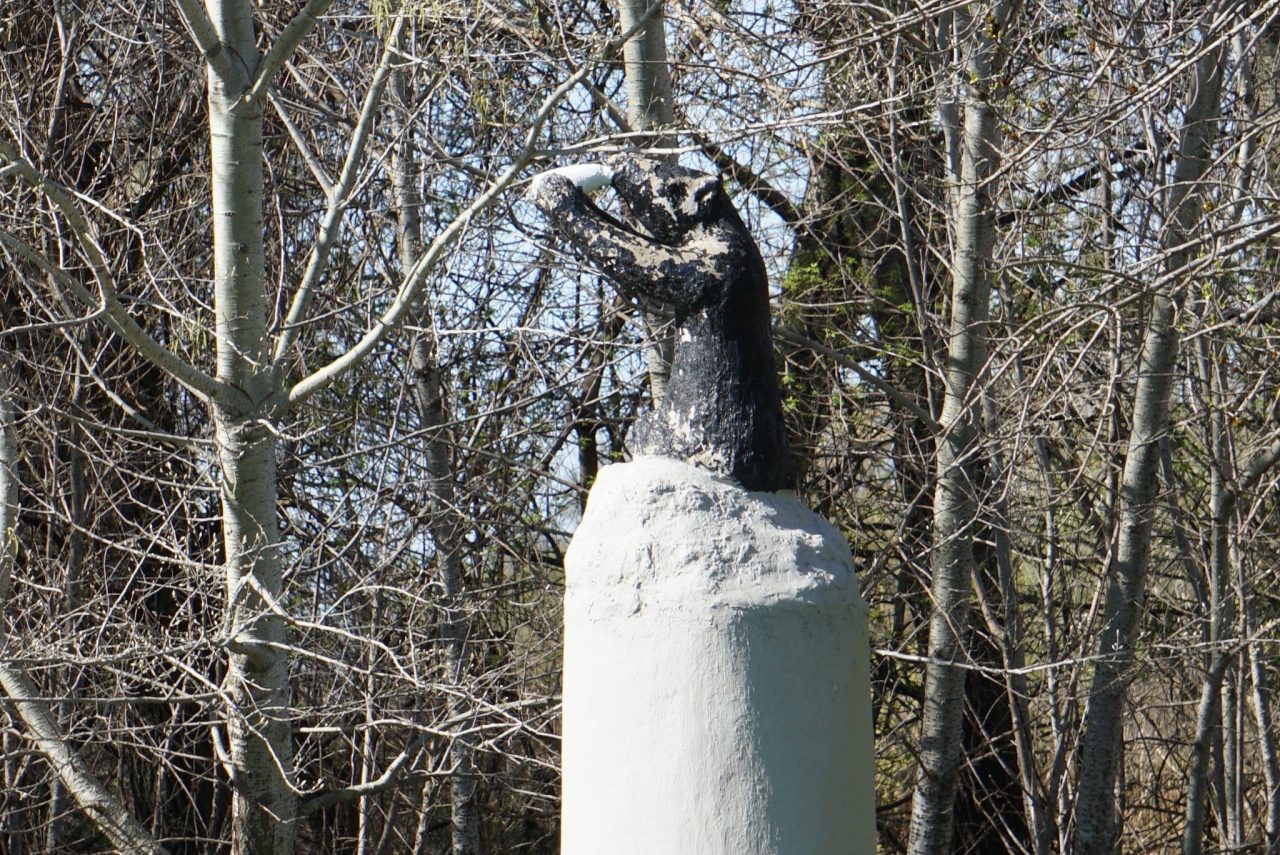

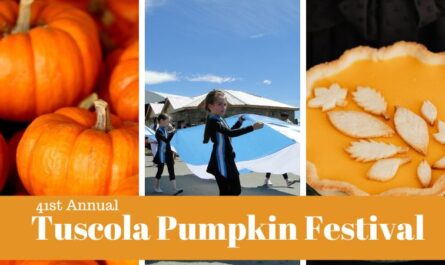
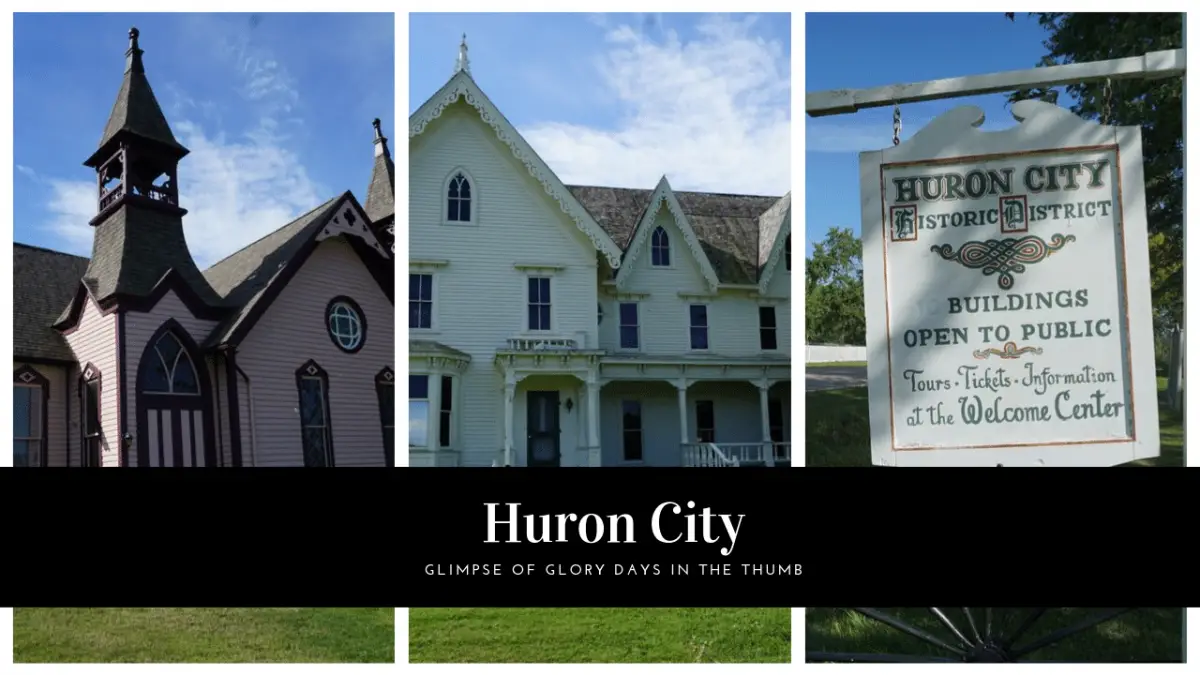
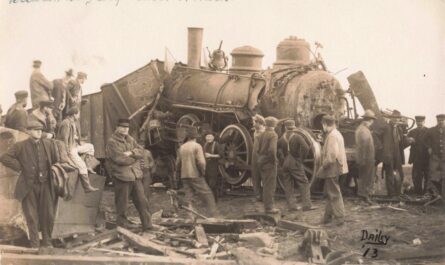
I love these kind of local stories, too! Too often the backstory of local lore is lost—thanks for keeping this one in circulation.
I am interested in early 1880’s hostory about a camp and crew who “drained the swamps of Quanicasee”…I have a story told to my mother, and related to me of such an event. any information would be appreciated. Seems my great grandfather was a camp boss of such a happening,,????
It seems quite possible. The entire area south of Sand Point to Bay City was swampy. The Ora Labora colony drained hundreds of acres which became some of the finest farmland to this day. Check out a story I have on another site about Ora Labora to tell about conditions of early homesteaders in the 1860s. Its highly possible that your g-g-grandfather knew of the Colony or helped them out later. https://owlcation.com/humanities/A-Lost-Colony-In-Michigans-North . If you have other stories or information I would love to hear about it.
I just wanted to make a workable and knowledgeable comment to the meaning of the place name Quanicassee: With much thought, I don’t believe there is sufficient evidence that it means “Long Tree” as reported on Wikipedia. There is no real source or reference information given for that meaning elsewhere or at Wikipedia. There were three streams between the Saginaw River and the Wiscoggin Creek with the later emptying into the Saginaw Bay at today’s town of Unionville, MI. I understand those three streams to have been the “The Bear River and the Two Ladys’ or Squaws’ Creeks”. On the 1855 Farmer Map of MI, the west branch of today’s Quanicassee River was originally called Maqua-ne-kesee[be]. To give what I feel is its source or root, “Makwa” means bear while “seebe” means river hence the meaning essentially of Bear River or as some have referred to it as “Stump-tailed Bear River”. This wetland area early on was by the Ojibwa and Ottawa used as a rice gathering area or Boygoning . . . The Great Rice Gathering marsh as a bit closer to Saginaw and called Cheboygoning. On the Farmer Map, two streams ran into the Boygoning marsh just northeast of Maqua-ne-ke-see [called now Quanicassee]. Boygoning means simply the thrashing or gathering [of rice] place. The two squaw creeks were both called Quan-a-kus-see. It seems the name Quanakussee or the name Quanicassee may have been interchanged in location to the western river later or the name Maquanekesse was shortened or corrupted. The two Quanakussee creeks were later both partly or fully called by American’s Squaw Creek. In Ojibwa, “Ikkwe-sibi” means Squaw Creek. The real root of Quanicassee perhaps is the Squaw Creek or where the ladies in the marsh worked and gathered. The Objiwa phrase “Ikkwe-nijos-sibii” means squaw two Creeks. You may also note on the 1855 Farmer Map, too, that today’s Wiscoggin Creek was called Sebewaing. The Cass River has been referred to as the Onottoway-Sebewaing. The ending “waing” of both the later two stream names I feel meaning “in the fur place”. In Ojibwa at the end of the word “waain” means fur. The thumb of Michigan was called Le Pays Peles on a 1700’s map likely meaning the Country of Pelts or Fur. Today’s Sebewaing River that empties into Saginaw Bay at today’s town of Sebewaing was called on Farmer’s Map . . . Rio De Fil, which is in English the Thread River. I note that many place names in our “Country of Fur” used the ending “waning”. That ending seems to set places in this region apart from other nearby areas that were denoted with the ending “waing” or “waning”. I have always thought that the public showing of Jenny the Bear at the town of Quanicassee was a reminiscence of the original meaning of the name of the town of the Quanicassee and Quanicassee River, which was originally Maqua-ne-kessee or the [Stump-tailed] Bear River!
“Squaw” has come to be a derogatory word for female genitalia–it’s a very degrading and racist word now.
Yes that old term has definitely changed. However that is the first time I’ve heard it referenced as a specific body part.